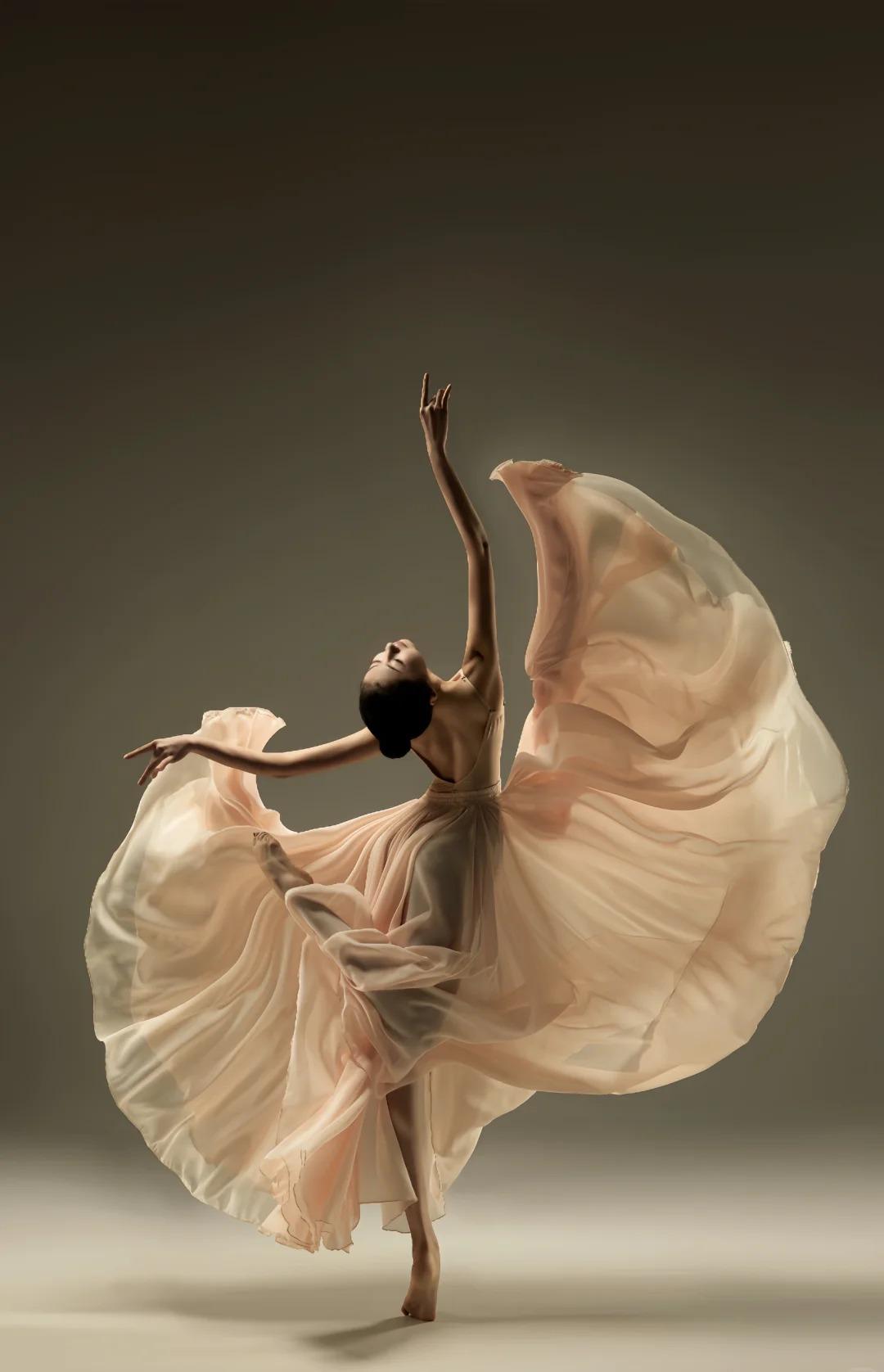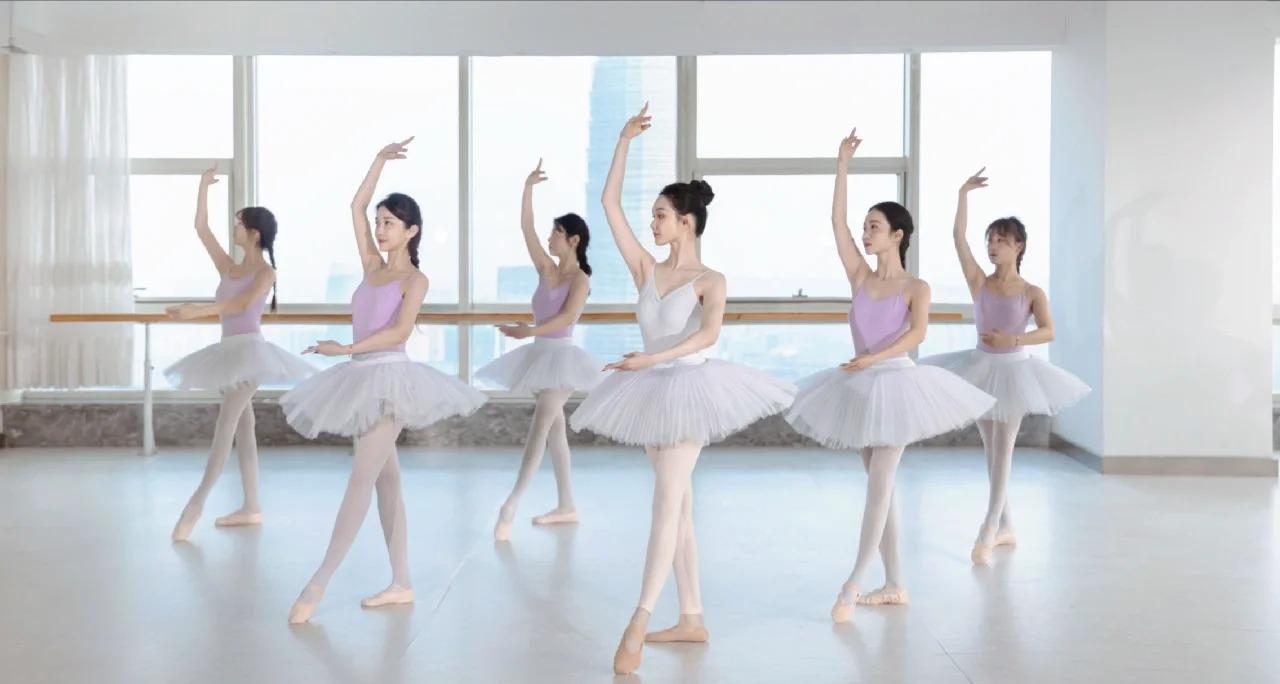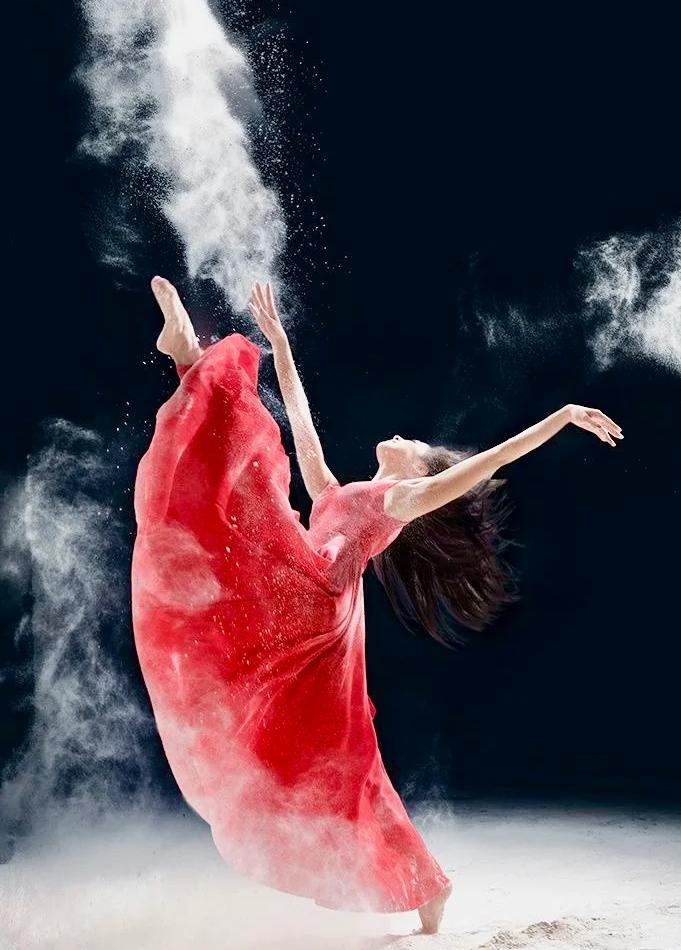Introduction to Chinese Dance
Dance in China is as ancient as its civilization, tracing back thousands of years. It serves as a vibrant thread in the tapestry of Chinese culture, reflecting the nation’s history, beliefs, and social dynamics. From imperial courts to village squares, dance has been an integral part of Chinese life, celebrations, and rituals.
The diversity of Chinese dance forms is astounding, mirroring the country’s vast geographical expanse and ethnic diversity. Each style tells a unique story, whether it’s the elegant movements of classical dance or the vibrant energy of folk traditions.
As a living art form, Chinese dance continues to evolve, blending ancient wisdom with contemporary expressions, making it a fascinating subject for both cultural enthusiasts and casual observers alike.

Classical Chinese Dance
Classical Chinese dance, with its roots in ancient court dances, is characterized by its fluid movements, expressive techniques, and rich storytelling. Key elements include:
- Shen Yun (身韵): The inner spirit and expression of the dancer
- Shenduan (身段): Specific movements and postures
- Jibengong (基本功): Basic training in flexibility, balance, and control
Famous classical dance dramas like “The Peony Pavilion” showcase the artform’s ability to convey complex narratives through movement and gesture.
Modern interpretations of classical dance often blend traditional techniques with contemporary themes, keeping this ancient art form relevant in the 21st century.
Folk Dances of China
China’s folk dances are as diverse as its landscapes, each region boasting unique styles that reflect local customs and ways of life.
| Dance Style | Region | Characteristics |
|---|---|---|
| Yangge | North China | Energetic, often featuring fans or handkerchiefs |
| Tibetan | Tibet | Circular movements, colorful costumes |
| Uyghur | Xinjiang | Graceful hand movements, rhythmic footwork |
| Mongolian | Inner Mongolia | Dynamic, imitating horsemanship |
These dances play crucial roles in festivals and celebrations, often accompanied by traditional music and elaborate costumes. They serve not just as entertainment but as a means of cultural transmission and community bonding.

Ethnic Minority Dances
China’s 56 recognized ethnic groups contribute to a rich tapestry of dance traditions. Each style uniquely expresses the group’s cultural identity, history, and relationship with their environment.
Notable examples include:
- Dai Peacock Dance: Mimicking the graceful movements of peacocks
- Yi Torch Festival Dance: A dynamic celebration involving fire
- Miao Silver Ornament Dance: Showcasing intricate silver jewelry
Efforts to preserve these dance forms include government-sponsored festivals, cultural education programs, and the integration of ethnic dances into mainstream performances.
Contemporary Dance in China
The 20th century saw the introduction of Western dance styles to China, sparking a revolution in the country’s dance scene. Pioneers like Dai Ailian blended Chinese traditions with modern techniques, paving the way for a uniquely Chinese contemporary dance style.
Today, choreographers like Shen Wei and Tao Ye push boundaries, creating works that resonate on the global stage while maintaining a distinctly Chinese essence. Their pieces often fuse elements of traditional Chinese dance with avant-garde concepts, resulting in mesmerizing performances that bridge East and West.
Chinese Dance in Popular Culture
Dance permeates Chinese popular culture in various forms:
- Opera and Theater: Traditional opera forms like Beijing Opera incorporate stylized dance movements
- Cinema: Films like “Red Sorghum” and “House of Flying Daggers” feature stunning dance sequences
- Street Dance: Hip-hop and breakdancing have gained immense popularity in urban centers
- TV Shows: Dance competitions like “Street Dance of China” attract millions of viewers
These platforms not only showcase dance talent but also play a crucial role in popularizing both traditional and modern dance forms among younger generations.

Experiencing Chinese Dance as a Traveler
For travelers eager to experience Chinese dance firsthand:
- Performances: Watch shows at venues like Beijing’s Tianqiao Theater or Shanghai Grand Theatre
- Festivals: Attend events like the Shanghai International Arts Festival or Beihai Park Lantern Festival in Beijing
- Workshops: Participate in short courses offered at cultural centers or dance schools in major cities
When attending performances, remember to:
- Arrive early
- Dress appropriately (smart casual is usually acceptable)
- Refrain from photography or video recording unless explicitly permitted
- Show appreciation through applause rather than vocal expressions
Chinese dance offers a window into the soul of this ancient civilization. Whether you’re watching a millennia-old folk dance or a cutting-edge contemporary performance, each movement tells a story of China’s past, present, and future. As you travel through this vast country, take time to experience its dance traditions – you’ll come away with a deeper understanding of Chinese culture and a heart full of beautiful memories.





